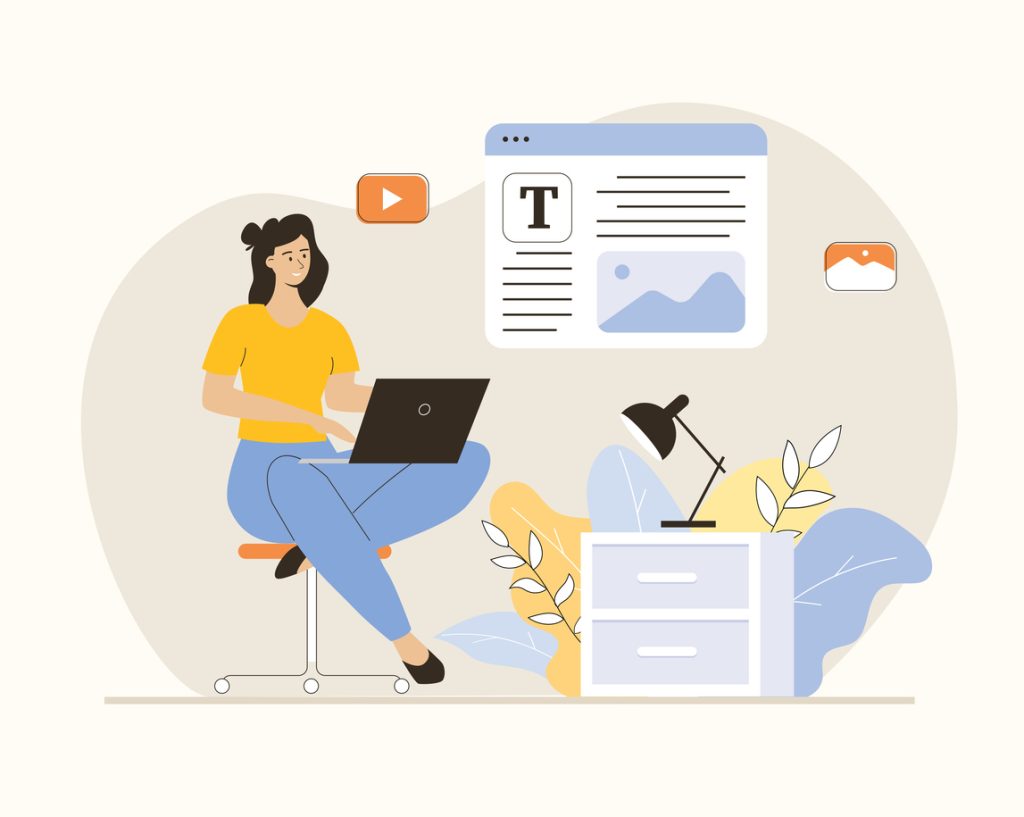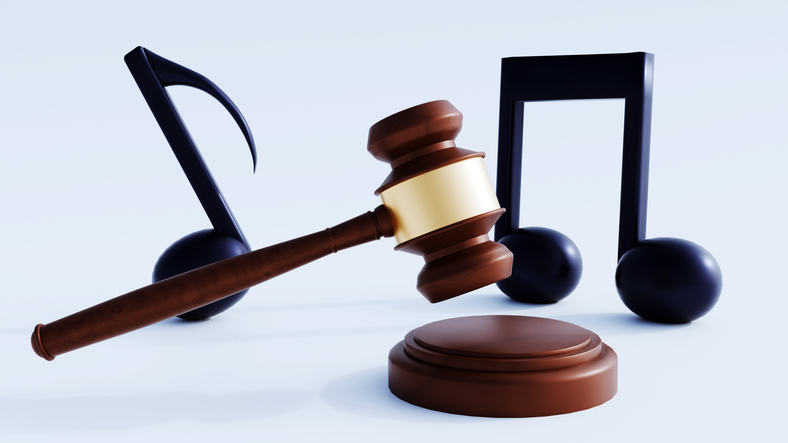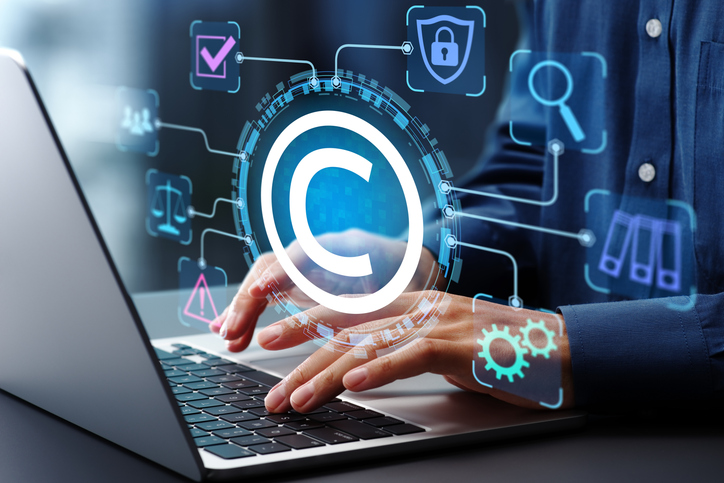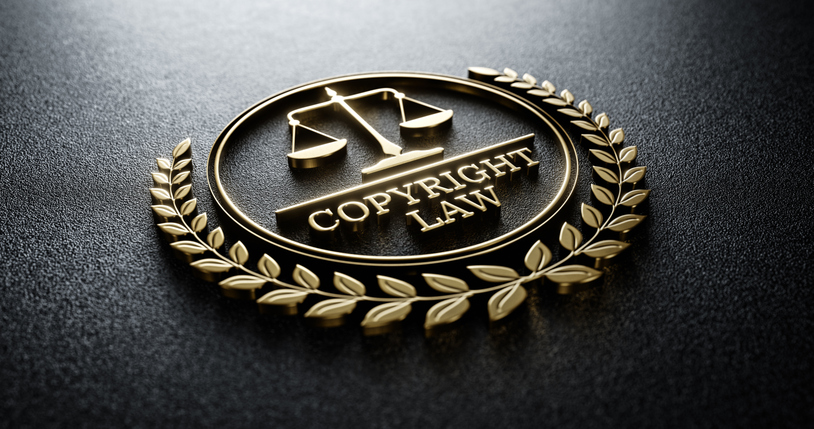The digital world has opened unprecedented opportunities for individuals who publish their own videos, blogs, music, photography, or art. Yet with this growth comes an equally significant responsibility: understanding how copyright law for content creators applies in practice. For many beginners, copyright may seem like a barrier to creativity, but in reality, it is a framework designed to balance the rights of creators with the wider interest of public access. A strong grasp of these principles is essential, especially when navigating the complexities of fair use.
This article explores how copyright law for content creators operates, with a particular focus on fair use and how it applies to digital publishing, social media platforms, and collaborative creative environments. By the end, content creators will gain clarity on what is permissible, what carries risk, and how legal standards shape their rights and responsibilities.
Why Copyright Law for Content Creators Matters in the Digital Age
Every piece of original creative work, from a song uploaded to a streaming platform to a blog post published online, is automatically protected under copyright. The moment the work is fixed in a tangible medium, the creator gains certain exclusive rights. These include the right to reproduce, distribute, display, and create derivative works.
For individuals building careers on platforms like YouTube, TikTok, or Instagram, copyright is more than a legal concept; it is the foundation of protecting one’s brand, content, and future income. Without a working knowledge of copyright law for content creators, many risk unintentionally violating others’ rights or losing control of their own creative output.
Copyright disputes frequently arise in content-heavy spaces, and platforms often respond by removing infringing material. In more serious cases, creators may face lawsuits, fines, or injunctions. By understanding these principles, creators can operate with greater confidence while maintaining respect for intellectual property rights.

The Basics of Fair Use in Copyright Law for Content Creators
Among the most significant aspects of copyright law for content creators is the concept of fair use. Fair use serves as a legal doctrine that allows the limited use of copyrighted material without permission, provided it meets specific conditions. This doctrine ensures that copyright law does not stifle commentary, criticism, news reporting, education, or parody.
Courts evaluate fair use by considering several factors. These include the purpose of the use, the nature of the copyrighted work, the amount used, and the effect on the original work’s market value. For instance, a film critic who includes short clips in a review is often protected under fair use, whereas uploading full-length movies for free distribution would not qualify.
Understanding these nuances helps creators distinguish between transformative uses that add new meaning and uses that merely replicate existing content. Since misinterpretation can lead to legal complications, creators should remain aware of how courts interpret fair use on a case-by-case basis.
How Copyright Law for Content Creators Shapes Online Practices
With the rise of digital publishing, fair use is often tested in fast-moving online environments. Social media trends frequently involve remixing, reacting to, or reinterpreting original works. While these activities may feel harmless, they can easily raise copyright concerns.
A musician sampling another’s track, a YouTuber reacting to viral videos, or a blogger quoting significant portions of another’s work may all fall under scrutiny. Courts and platforms alike assess whether these uses transform the original content in a meaningful way. Because fair use is not absolute, creators must carefully consider how their actions align with the doctrine before publishing content publicly.
The U.S. Copyright Office provides detailed guidance on fair use, offering a valuable resource for those navigating these complexities. For further reference, content creators can consult copyright.gov, which outlines both statutory provisions and case law interpretations shaping this area.
Common Misunderstandings About Fair Use
One frequent misconception is that crediting the original creator automatically makes use permissible. While attribution is ethically appropriate, it does not eliminate liability under copyright law. Another misunderstanding is that short clips or small excerpts are always safe to use. In truth, courts consider both quantity and quality; even a few seconds of a song may infringe if it captures the “heart” of the work.
Creators also sometimes assume that non-commercial use guarantees protection. While purpose is an important factor, courts still weigh other considerations. A non-commercial post may still cause harm if it diminishes the market for the original. These myths highlight the importance of viewing fair use holistically rather than relying on simplified rules.
Copyright Law for Content Creators and the Role of Licensing
For those seeking certainty, licensing is often the most reliable solution. Licensing grants explicit permission from the rights holder, thereby avoiding disputes over whether a use qualifies as fair. Many platforms offer licensed content libraries, such as stock images, royalty-free music, and footage for creative projects.
Licensing not only protects creators legally but also enhances credibility and professionalism. For growing digital brands, a solid licensing strategy ensures consistent access to resources without fear of takedowns or infringement claims. This reinforces why copyright law for content creators should be approached as a proactive, protective measure rather than a reactive concern.

Judicial Interpretations That Influence Fair Use
Court decisions play a central role in shaping how copyright law for content creators is applied. In notable cases, courts have upheld that parody, criticism, and commentary often fall under fair use. However, rulings also emphasize limits, especially when the use is commercial or substitutes the original work.
The evolving nature of media means new cases constantly redefine the boundaries of fair use. For content creators, this underscores the importance of monitoring judicial trends. Each precedent adds clarity but also demonstrates the nuanced, fact-specific nature of copyright disputes. Understanding this helps creators anticipate risks and avoid overstepping legal boundaries.
How Copyright Law for Content Creators Intersects With Platform Policies
Beyond federal law, platforms themselves enforce copyright compliance through automated systems and community guidelines. YouTube’s Content ID system, for example, detects copyrighted music and video, often leading to demonetization or removal. TikTok and Instagram similarly balance user creativity with copyright holders’ rights by embedding licensed content agreements into their platforms.
While fair use remains a defense under federal law, platforms may enforce stricter standards. This means content that might ultimately qualify as fair use in court can still be flagged or removed online. As such, creators must recognize that copyright law for content creators operates both in legal frameworks and in platform-specific ecosystems.
Practical Strategies for Applying Fair Use Principles
Creators who rely on commentary, education, or parody can often strengthen their fair use arguments by ensuring their work is transformative. Adding original analysis, context, or creative expression reduces risk. Additionally, limiting the amount of copyrighted material used helps avoid the appearance of substitution.
Although fair use cannot be predicted with certainty, aligning one’s work with recognized legal principles creates a more defensible position. For creators seeking clarity, resources such as the U.S. Copyright Office’s fair use guidelines provide valuable insights into practical application.
Long-Term Implications of Copyright Law for Content Creators
As digital platforms expand, copyright will continue to evolve alongside new technologies. Artificial intelligence, virtual reality, and generative content all present fresh challenges. Questions about who owns AI-generated works, or how fair use applies to machine learning, are becoming increasingly relevant.
For creators, staying informed about these developments is crucial. Those who view copyright law for content creators as a living framework, rather than a fixed set of rules, will adapt more effectively to future changes. This adaptive mindset ensures creators can innovate confidently while respecting the legal boundaries of intellectual property.

Conclusion: Building a Creative Future With Fair Use Knowledge
In the digital economy, understanding copyright law for content creators is not optional; it is essential. Fair use provides valuable flexibility, but it also requires careful judgment and awareness of limitations. Misconceptions can lead to costly mistakes, while informed strategies open the door to greater creative freedom.
For creators seeking deeper insights, resources such as the U.S. Copyright Office offer authoritative guidance. Additionally, those exploring broader implications of copyright and fair use may benefit from reviewing perspectives on copyright law for content creators, which further outlines the balance between legal protections and creative practices.
By understanding the basics of fair use, embracing licensing when necessary, and staying attentive to evolving legal standards, content creators can build sustainable, legally sound creative paths in today’s fast-paced digital landscape.
